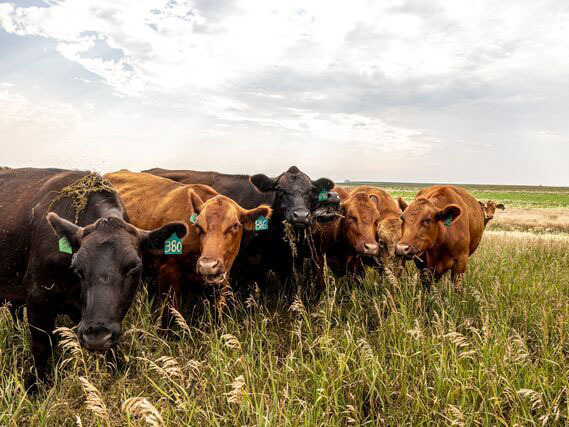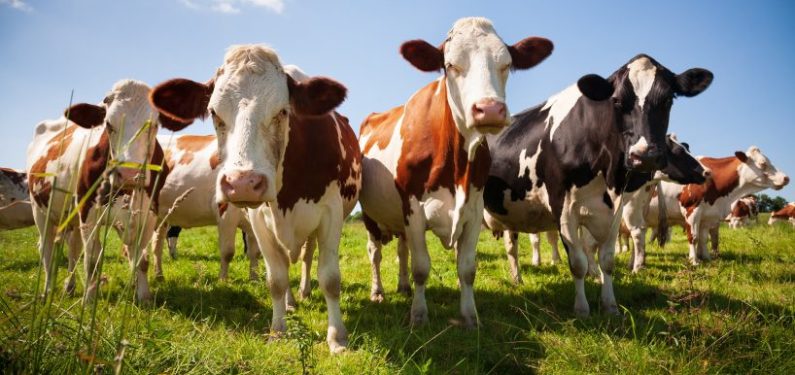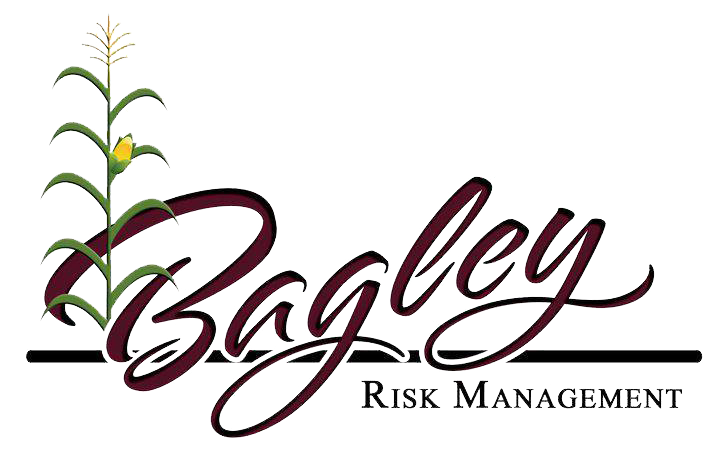Strategic Collaborations for Strength: Bagley Risk Management
Strategic Collaborations for Strength: Bagley Risk Management
Blog Article
Understanding Animals Danger Protection (LRP) Insurance Coverage: A Comprehensive Overview
Navigating the world of animals risk defense (LRP) insurance policy can be a complicated undertaking for numerous in the farming industry. This kind of insurance supplies a security web versus market changes and unforeseen scenarios that can affect animals manufacturers. By understanding the ins and outs of LRP insurance, producers can make educated choices that may secure their procedures from financial threats. From just how LRP insurance policy functions to the various protection choices readily available, there is much to discover in this extensive guide that can possibly shape the method livestock manufacturers come close to danger management in their organizations.

Just How LRP Insurance Policy Functions
Occasionally, understanding the auto mechanics of Animals Danger Defense (LRP) insurance can be intricate, yet damaging down how it functions can supply clarity for herdsmans and farmers. LRP insurance coverage is a risk administration device developed to secure animals manufacturers versus unanticipated rate declines. It's crucial to note that LRP insurance is not a profits guarantee; rather, it concentrates solely on cost danger defense.
Eligibility and Insurance Coverage Options

When it involves coverage alternatives, LRP insurance coverage provides producers the flexibility to pick the coverage level, coverage duration, and endorsements that best suit their risk management demands. Coverage levels commonly vary from 70% to 100% of the expected finishing worth of the insured animals. Manufacturers can also select insurance coverage periods that line up with their manufacturing cycle, whether they are insuring feeder cattle, fed cattle, swine, or lamb. Recommendations such as price risk security can further tailor protection to safeguard against negative market changes. By comprehending the eligibility standards and protection alternatives readily available, livestock producers can make educated decisions to handle danger successfully.
Benefits And Drawbacks of LRP Insurance Coverage
When evaluating Livestock Risk Security (LRP) insurance policy, it is important for animals producers to consider the downsides and benefits intrinsic in this threat management tool.

One of the key advantages of LRP insurance policy is its capacity to supply protection against a decline in animals costs. Furthermore, LRP insurance policy uses a level of flexibility, permitting manufacturers to tailor coverage degrees and policy durations to match their certain needs.
However, there are additionally some downsides to take into consideration. One constraint of LRP insurance coverage is that it does not protect versus all types of threats, such as condition outbreaks or natural disasters. Premiums can often be expensive, especially for producers with huge animals herds. It is critical for producers to meticulously analyze their specific risk exposure and monetary scenario to establish if LRP insurance coverage is the right danger management device for their procedure.
Recognizing LRP Insurance Coverage Premiums

Tips for Maximizing LRP Benefits
Taking full advantage of the advantages of Animals Risk Protection (LRP) insurance coverage needs strategic preparation and proactive danger monitoring - Bagley Risk Management. To take advantage of your LRP coverage, think about the complying with tips:
On A Regular Basis Assess Market Problems: Remain informed concerning market patterns and price changes in the livestock sector. By keeping an eye on these aspects, you can make informed choices concerning when to buy LRP insurance coverage to shield against prospective losses.
Establish Realistic Protection Levels: When selecting coverage degrees, consider your production expenses, market worth of animals, and read more potential risks - Bagley Risk Management. Setting reasonable insurance coverage degrees makes certain that you are effectively shielded without paying too much for unnecessary insurance coverage
Diversify Your Coverage: As opposed to counting exclusively on LRP insurance policy, think about diversifying your risk management approaches. Combining LRP with various other threat monitoring devices such as futures agreements or options can supply extensive protection versus market unpredictabilities.
Evaluation and Readjust Insurance Coverage On a regular basis: As market conditions change, regularly assess your LRP insurance coverage to ensure it aligns with your existing risk direct exposure. Readjusting insurance coverage degrees and timing of purchases can help enhance your threat defense strategy. By complying with these suggestions, you can make the most of the benefits of LRP insurance coverage and secure your animals procedure versus unanticipated risks.
Final Thought
In verdict, livestock threat security (LRP) insurance policy is a valuable device for farmers to manage the financial threats connected with their livestock operations. By understanding exactly how LRP functions, eligibility and protection choices, in addition to the pros and disadvantages of this insurance policy, farmers can make informed decisions to safeguard their source of incomes. By carefully thinking Visit Website about LRP costs and implementing approaches to take full advantage of benefits, farmers can mitigate prospective losses and make sure the sustainability of their procedures.
Livestock producers interested in acquiring Animals Threat Defense (LRP) insurance policy can explore a range of eligibility standards and insurance coverage alternatives customized to their certain livestock procedures.When it comes to insurance coverage alternatives, LRP insurance uses manufacturers the flexibility to choose the coverage degree, coverage duration, and endorsements that ideal match their risk monitoring needs.To understand the intricacies of Animals Risk Protection (LRP) insurance completely, comprehending the elements affecting LRP insurance policy premiums is vital. LRP insurance policy premiums are figured out by different aspects, including the protection level chosen, the anticipated cost of animals at the end of the insurance coverage period, the type of animals being insured, and the length of the coverage period.Review and Change Insurance Coverage Routinely: As market conditions transform, regularly review your LRP protection to guarantee it straightens with your present risk direct exposure.
Report this page